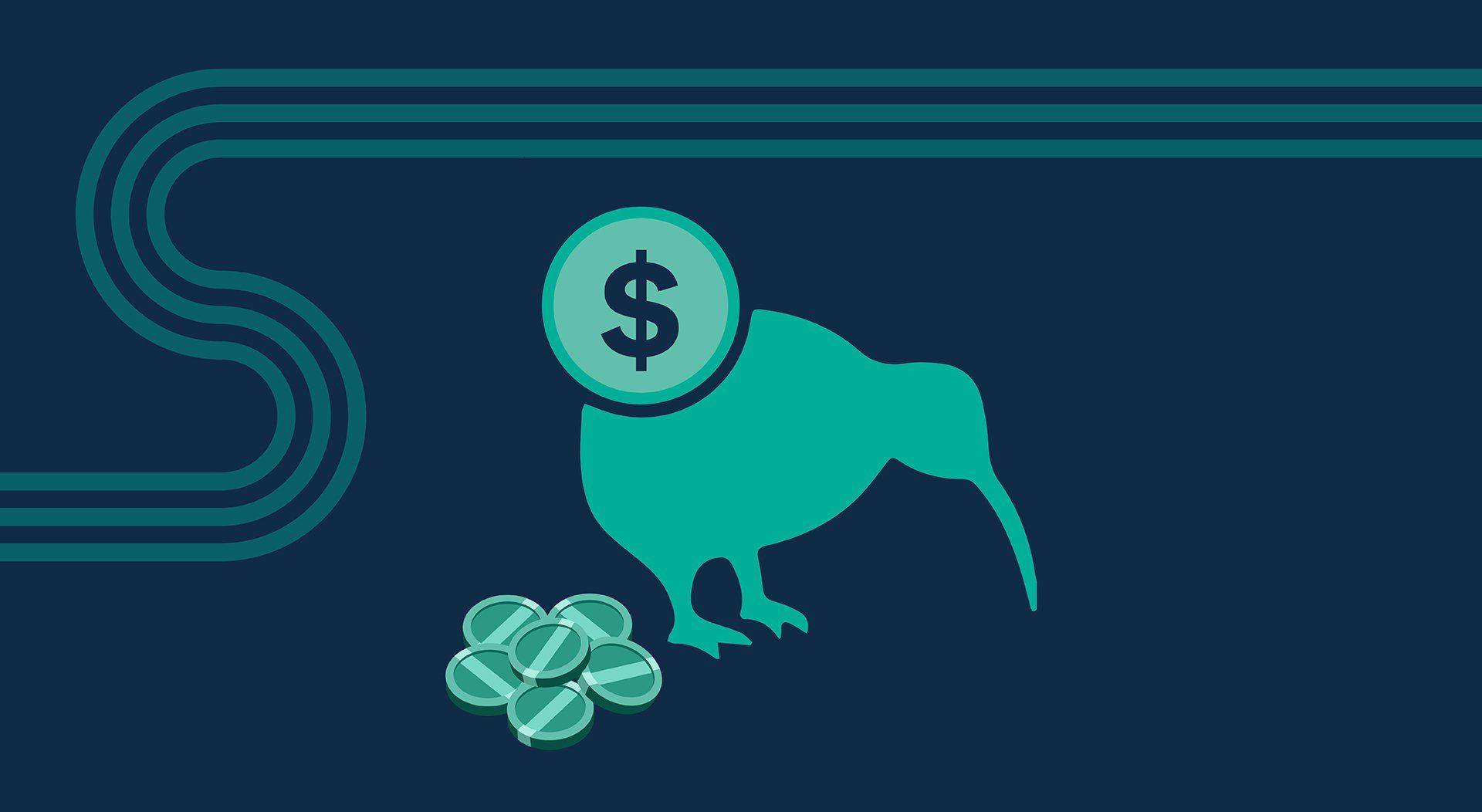KiwiSaver Changes - What do you need to know?
There are some changes coming to KiwiSaver, and while they’re designed to improve long term outcomes, they could cause some scary moments for investors who aren’t prepared.
When KiwiSaver was first introduced, New Zealanders who opted into the scheme had the option to choose their own KiwiSaver provider as well as what fund or risk profile they want to invest into. For those that were automatically registered, they were allocated to one of the default providers and put into a conservative default fund. Unless they already knew a bit about investing or had access to a financial adviser, the majority of Kiwis went into a default scheme.
KiwiSaver investors possibly see KiwiSaver as an effective way to save for retirement, with the added bonus of a tax credit and employer contribution, but they may not know where their KiwiSaver funds are invested. If they switched to a growth focussed fund, then their KiwiSaver dollars are invested in a range of different companies on the sharemarket. As the value of these companies increases over time, the KiwiSaver balance also goes up.
For the last 14 years, all of the default KiwiSaver providers have invested their customers’ money in conservative funds. Conservative funds - like the name implies - take a risk-averse approach to investing and avoid sharemarket exposure and volatility. These funds only go up and down slightly as the market moves, but overall they aren’t likely to vary by more than 5%. So most default KiwiSaver investors have never experienced a drop in their KiwiSaver balance due to market volatility.
Recently, the Financial Markets Authority made some changes to the default KiwiSaver providers.
From December 1, default KiwiSaver investors will be moved from a conservative fund to a balanced fund which will have a much higher exposure to the sharemarket and more volatile assets.
This is a positive change, as balanced funds have more potential for growth and generally deliver a higher return in the long run. However, there’s also more potential for the fund to move with the market, so any market volatility can mean unexpected changes in the value of your investment. New Zealand has had a very buoyant financial market over the last 14 years, but this could change overnight, making the prospect of low or negative returns very possible. The return, even in a balanced portfolio, can fluctuate up to almost 20% in a year - so for an inexperienced investor, checking their KiwiSaver to find it’s decreased due to a short-term market drop can cause a shock!
As with all things financial, this is only negative if you aren’t prepared. If you’re comfortable with some volatility, you may choose to stay in the balanced fund - just remember not to panic when your KiwiSaver balance moves with the market. If you are more comfortable with risk, you might even opt for a higher growth option, if that is what is right for your longer term savings plans. If you decide to stay in a conservative fund, just be aware that this may have an impact on the real value of your KiwiSaver money in the future once inflation takes its slice. You are free can to change your provider and choose a fund that suits your future needs at any time, but it always helps to get some independent advice on the right choices for your circumstances and your personal risk tolerance.




